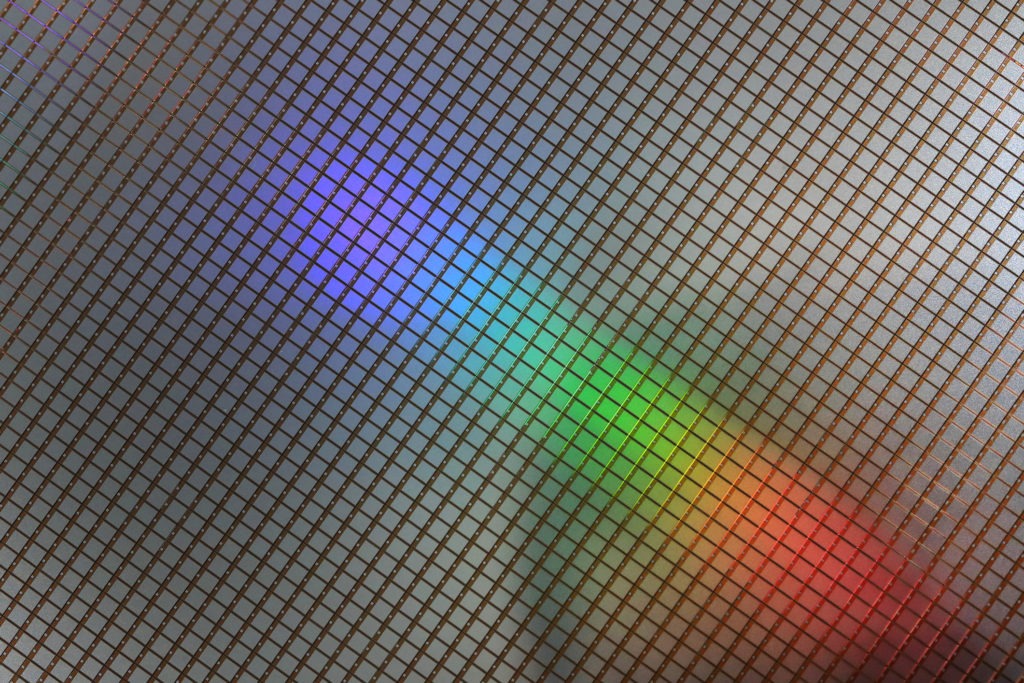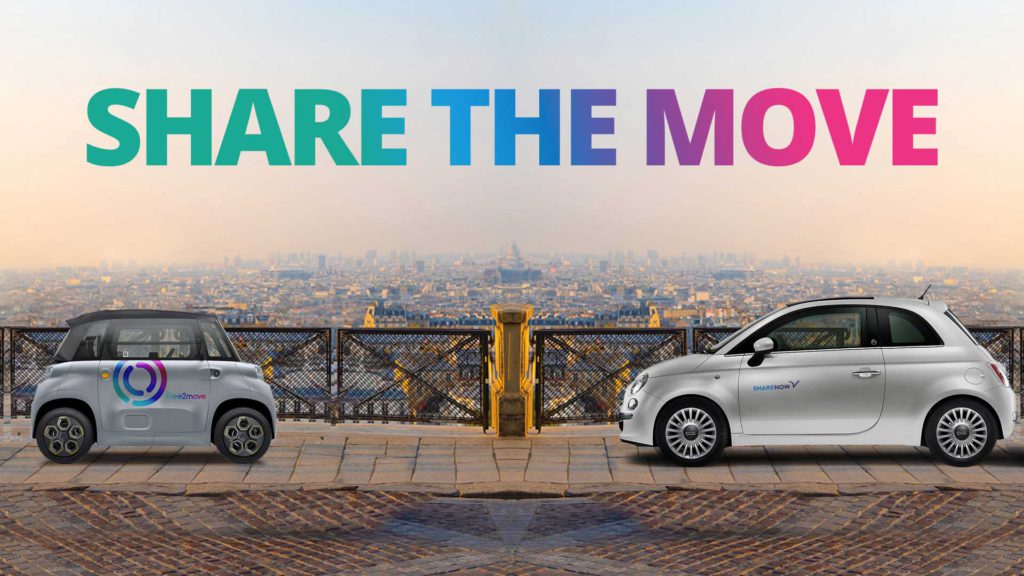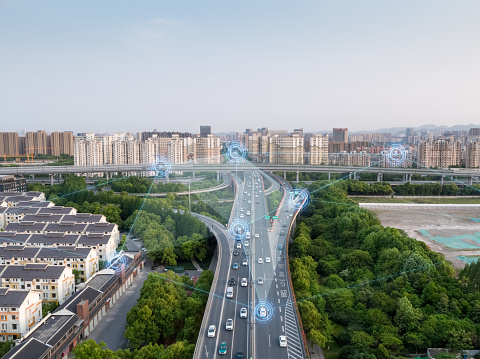Volkswagen to bring augmented reality to cars in collaboration with Microsoft
12 May 2022
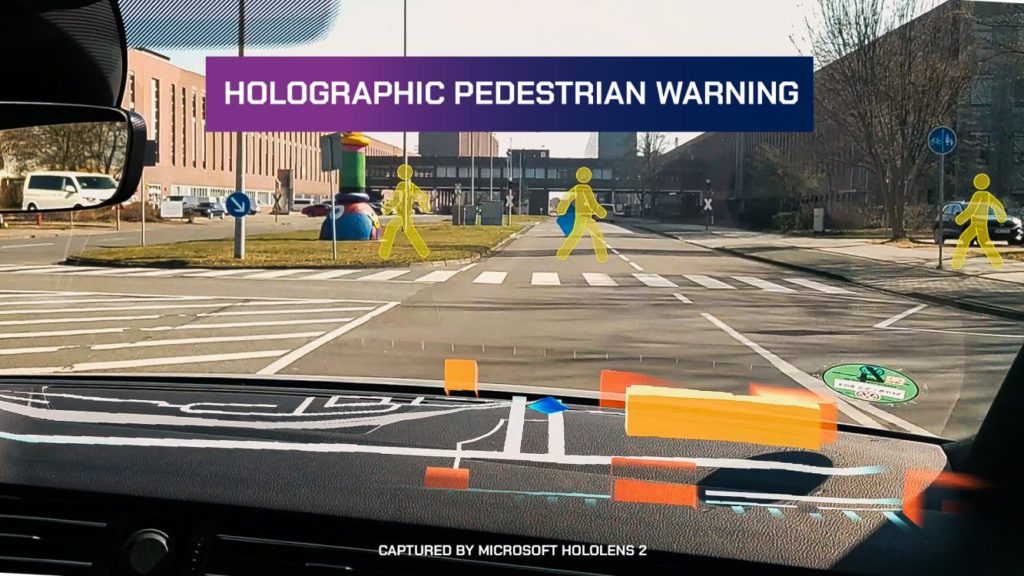
Microsoft and Volkswagen (VW) Group are working together to bring augmented reality (AR) to cars via a new ‘moving platform’ feature for the HoloLens 2 headset, an untethered holographic device that also works in vehicles.
Both companies see the future of mobility relying on augmented reality, viewing it as a key component of transport concepts. To make that vision a reality, VW will use Microsoft’s HoloLens 2 headset in moving vehicles for the first time.
The companies are hoping that the mixed reality headset will change how users interact with cars in the future. Microsoft revealed the news in a blog post, stating that the new moving platform mode tackles a Hololens issue of motion confusing the headset’s sensors.
What is augmented reality in cars?
Augmented reality is one of the biggest technological trends being adopted by the automotive industry. It differs from virtual reality as AR uses real-world environments to add virtual information and enhance user experience. In cars, AR may add digital elements to the head-up display, windshield or to augmented reality glasses, creating holographic content by introducing 3D objects, sounds, videos, and graphics. In the automotive industry, AR can help with situational awareness, terrain mapping, and road safety.
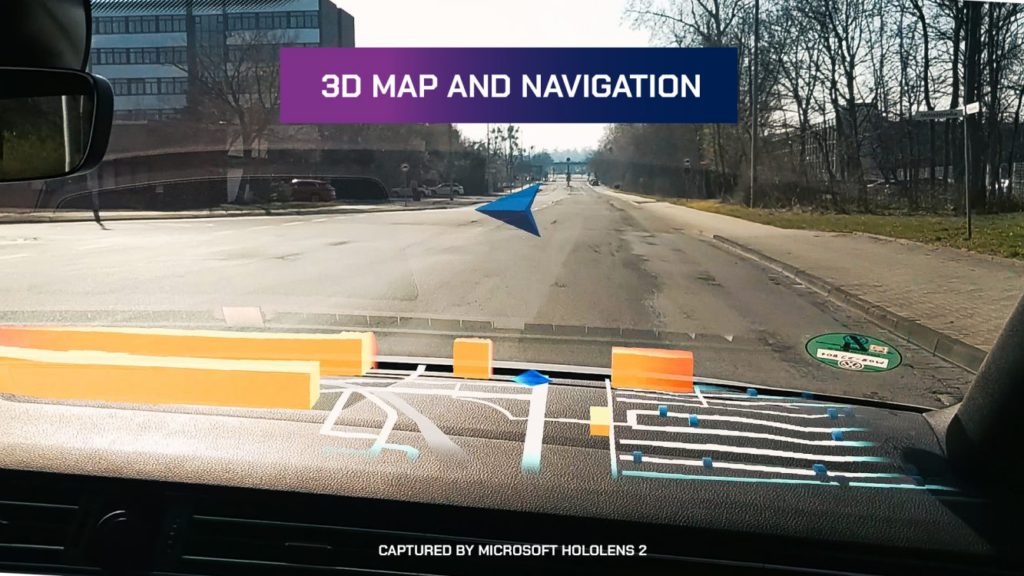
Holographic displays
The HoloLens 2 augmented-reality headset will allow drivers to view holographic displays containing information such as traffic conditions, weather, architectural highlights, and shopping recommendations – all in a moving vehicle. It could also train drivers to deal with challenging road conditions, and create new user experiences for autonomous vehicles.
‘We think mixed-reality information is the most intuitive information we could provide to enhance our customers’ user experience,’ said Andro Kleen, head of the data science team at VW Group innovation. ‘Because what you see there, and what you need to process, is very close to what humans normally see and process. It is not so abstract.’
After first experimenting with the HoloLens a few years ago, VW experienced some troubles when the device was used in a moving vehicle as the sensors could not track properly. VW then asked Microsoft for help, and ultimately the HoloLens 2 was developed, using a new algorithm that allows the sensors to work in a moving environment.
VW has been exploring augmented-reality technology for years. The carmaker first announced in 2020 that it would introduce an augmented-reality head-up display, which projects navigation arrows and lane markings in front of cars. These augmented-reality elements can now be found in VW’s ID. family of electric vehicles.
Augmented-reality technology
The HoloLens technology sounds promising for the tech-driven automotive industry but could be shared across other sectors in the future. Microsoft and VW believe the technology can be integrated into everyday life once it becomes more refined. Meanwhile, Kleen said that augmented reality could enable seamless and connected mobility experiences.
‘We think of this as moving toward a mobility system where different products and mobility solutions will be connected,’ Kleen added. ‘The basic assumption is that this technology will become lighter and smaller, and we think that as that happens, more people will get their hands on it and integrate it into their daily lives — and thus into their way of moving from A to B.’
In the meantime, Microsoft and VW are also working on automated-driving solutions. The companies are developing a cloud-based automated-driving platform on Microsoft Azure to deliver automated-driving experiences globally.
